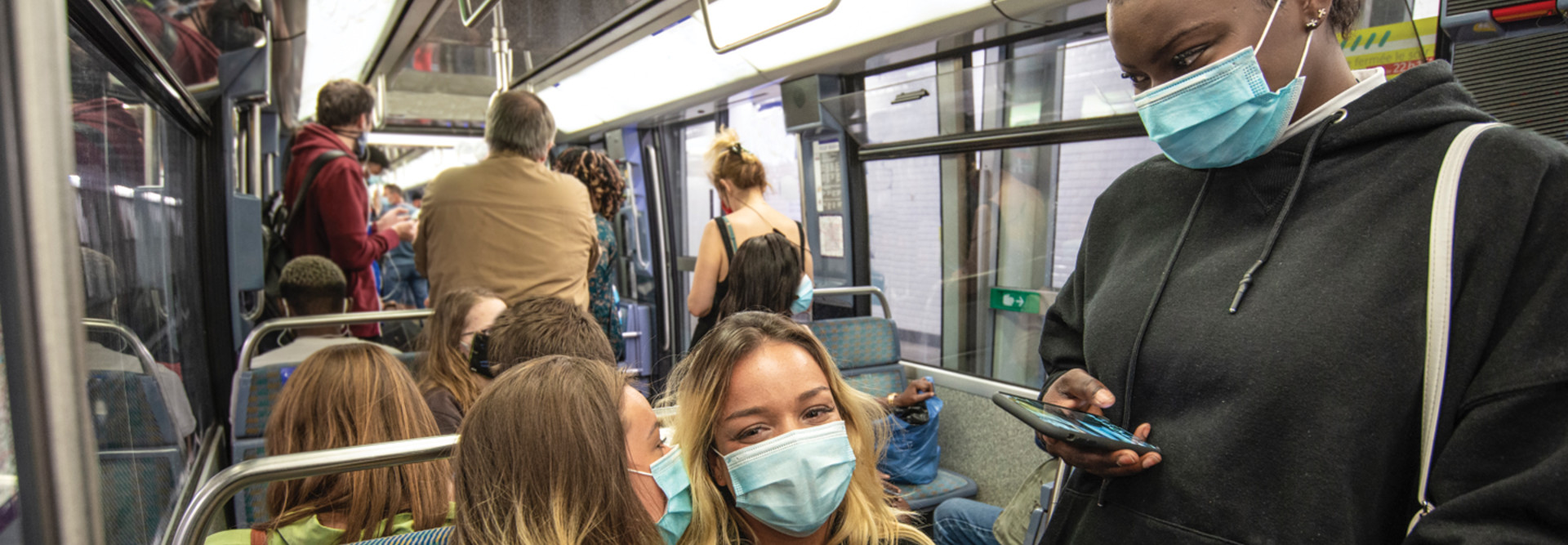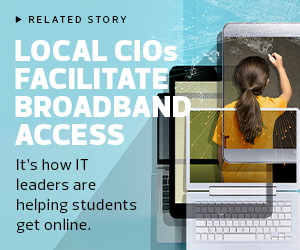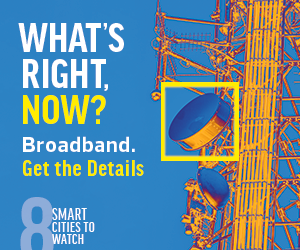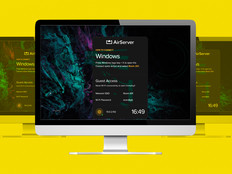City governments have provided vouchers and subsidies to residents to purchase broadband internet, have provided routers and hotspot devices, have offered expanded connectivity at facilities such as public libraries, and offered digital literacy training, among other initiatives.
A year into the pandemic, political and IT leaders in cities argue that to continue closing the divide after the crisis period of the pandemic has passed, cities will need more sustainable and dedicated sources of funding. Additionally, they say, the conversation around digital equity will need to shift, with access to affordable broadband service viewed as an essential element to economic prosperity and a well-functioning, equitable city.
“We have to start talking about this as infrastructure, not as luxury,” says Chattanooga, Tenn., Mayor Andy Berke. “We don’t only supply roads to the people with the most money. We supply roads all over the city. And this change of thinking, that broadband is more like infrastructure that everyone needs to have a fair shot at a middle-class life, that changes the way people treat it.”
Here is a look at how four cities stretching the breadth of country — Chattanooga, Philadelphia, Houston and Sacramento, Calif. — have taken varying approaches to getting their residents connected.
MORE FROM STATETECH: How are cities and counties helping school districts get students online?
Chattanooga Expands Access to Fiber-Optic Network
There are few cities in the United States more wired for broadband than Chattanooga. As CNET notes, the city “has been a standard-bearer in municipal broadband over the past few years.” That’s because, as StateTech has reported, the local utility, EPB, “became the first U.S. utility to offer 1-gigabit internet speed service to its entire community in 2010.”
Although EPB initially deployed the fiber-optic network that supports the ultrafast broadband to create an advanced smart grid to distribute electricity, the broadband service — and its expansion in the past year — has proven extremely valuable.
Before the pandemic struck, EPB offered a discounted internet program called NetBridge, which offered 100-megabit-per-second internet service to low-income households for $26.99 a month, which was less than half of the normal rate.
When the pandemic unfolded in March, EPB deployed 130 Wi-Fi hotspots at 27 locations in the community, accordin to J. Ed. Marston, vice president of marketing at EPB. EPB partnered with Hamilton County Public Schools and the city’s Enterprise Center, which manages its innovation district and a digital literacy program, to determine the best locations to place the Wi-Fi hotspots to maximize coverage for students who needed it most.
Those Wi-Fi hotspots have hosted more than 78,000 user sessions and driven 39,300 gigabytes of data usage, according to Marston.
More significant, however, was EPB’s rollout of HCS EdConnect, a program to deliver service at no charge to families with students in K–12 schools who qualify for free or reduced-price lunch. According to Berke, the city and Hamilton County contributed $1.5 million each to the effort, the school district added $1 million and other philanthropies contributed funds to support the cost of additional fiber deployments, which is expected to run $8.3 million over 10 years.
















